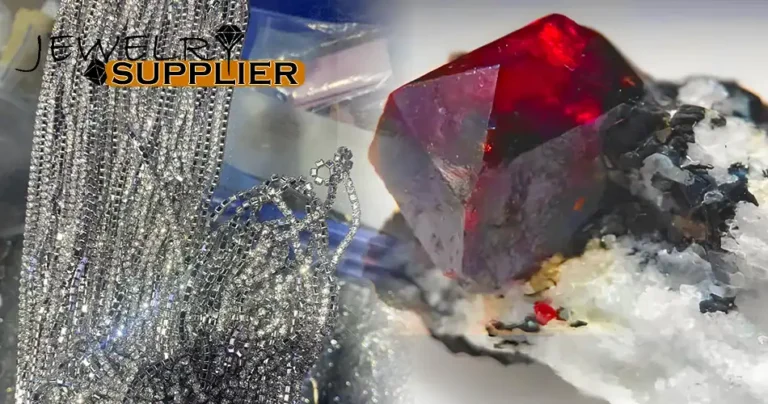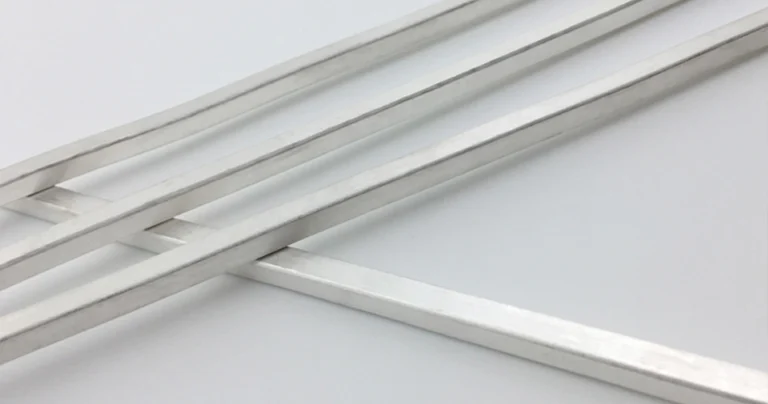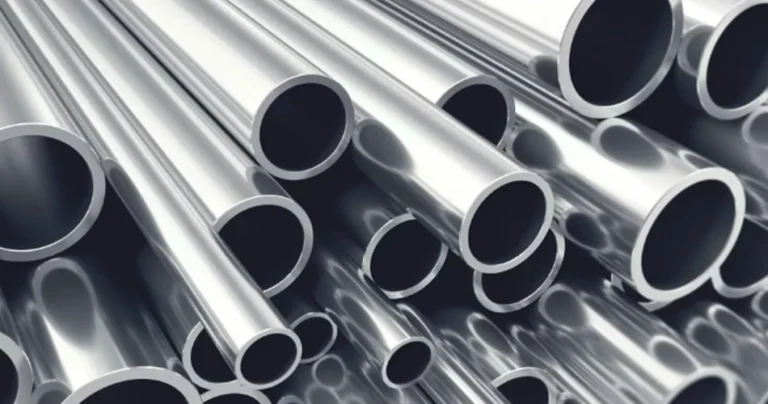Agate The Timeless Gemstone
Agate is a rock composed of silicon dioxide (SiO2) that comes in a variety of colors and patterns and belongs to the chalcedony mineral family. This stunning stone often has banded masses that are mixed with opal and cryptocrystalline quartz, showing layered hues ranging from translucent to opaque. Agate is originally formed in the trigonal crystal system, forming a dense block structure with various shapes, such as grape-like or tubercle-like structures. The most common appearance of agate is the concentric ring structure, which is also the reason why agate is famous.
The chemical composition in agate can produce a variety of colors, and its microcrystalline structure and the environment in which it forms also have a significant impact on its color. The formation of agate is affected by many factors, including hydrothermal activity, temperature, pressure, and chemical reactions. These factors play a vital role in the development of different types of agate.
The versatility of agate makes it popular in a variety of applications. Artisans and jewelry designers use the unique properties of agate to create exquisite jewelry pieces, intricate carvings, and decorative materials. Agate’s unique patterns and colors offer endless creative possibilities, making it a favorite among artisans and collectors.
Agate is more than just a gemstone; it is a work of art created by nature that is both aesthetically pleasing and practical in a variety of fashion and design contexts. Whether used in elegant jewelry or as a striking decorative element, agate is a timeless choice.
Chemical Composition of Agate
The main chemical component of agate is silicon dioxide (SiO2), an inorganic compound that forms the skeleton of this beautiful gemstone. In addition to silicon dioxide, agate may contain trace amounts of other elements such as iron, chromium, manganese, and nickel. These trace elements play an important role in determining the color of agate and in changing its patterns and textures. For example, when iron compounds are present, agate can take on vivid red, brown, or yellow hues, while the presence of manganese compounds may result in pink or purple hues.
In addition, the microstructure of agate also affects its color. Its microcrystalline structure allows light to scatter multiple times within the stone, resulting in rich colors. The environment in which agate forms further affects its appearance; agates formed under high temperature and high pressure conditions tend to exhibit bright colors, while agates formed in low temperature and low pressure environments tend to exhibit softer, elegant tones.
Factors Affecting the Formation of Agate
Agate is a historical gemstone known for its bright colors and unique patterns. The formation of agate is a long and complex geological process, which is affected by various interacting factors.
1. Hydrothermal activity: Hydrothermal activity is one of the key factors in the formation of agate. Mineral-rich hydrothermal fluids rise from deep in the earth’s crust. When these hot solutions cool, they release a lot of heat and gas, causing the surrounding rocks to metamorphose and providing the necessary raw materials for the formation of agate.
2. Geological environment: The formation of agate is closely related to a specific geological environment. It usually appears in areas with frequent volcanic activity, such as lava flows, craters, basalts, and tuffs. These environments provide the necessary materials and energy for the development of agate.
3. Groundwater interaction: The interaction between groundwater and hydrothermal fluids has a significant impact on the crystallization and growth of agate. The composition and characteristics of groundwater affect the color and texture of agate. When hydrothermal fluids mix with groundwater, they form a unique chemical environment that promotes the precipitation and crystallization of silica.
4. Time: The formation of agate takes a long time, often spanning millions of years or more. During this time, agate undergoes various geological processes, including hydrothermal activity, groundwater interactions, and tectonic movements, gradually forming its unique patterns and colors.
5. Temperature and pressure: Temperature and pressure are two other key factors that affect the formation of agate. Agate is usually formed in a high-temperature environment, which provides the necessary energy for the dissolution and recrystallization of silica. At the same time, high-pressure conditions can compress the surrounding rocks and promote the recrystallization of silica into agate.
6. Chemical reactions: The formation of agate involves a variety of chemical reactions, including oxidation, reduction, and hydrolysis. These reactions change the mineral composition of the rock and cause silica to recrystallize into agate.
7. Silica deposition: Over time, silica-rich water seeps into rock cavities. As the water evaporates, it leaves behind silica deposits, which gradually accumulate to form agate. This process can occur cyclically, resulting in the unique banded pattern that is characteristic of agate.
Types of Agate
Agate is a natural gemstone, and each agate has unique aesthetic qualities and cultural significance, making it highly sought after. So, what are the different types and characteristics of agate?
1. Northern Red Agate: This variety is produced in Heilongjiang Province, China, and is known for its high hardness, bright color, and smooth texture. Northeastern Red Agate mainly has a striking red hue, supplemented by yellow, white and purple tones, showing a unique warmth and brilliance.
2. Green Agate: Natural green agate is relatively rare, and most products on the market are artificially dyed. Real green agate has a darker and softer tone, while the dyed variety has bright colors but often has a fragile texture.
3. Purple Green Agate: Also known as purple agate, this variety was historically known as “purple jade”. Its lustrous texture and saturated color make it highly valued. Purple green agate has clear color boundaries, giving it a lively and lively feeling.
4. Yanyuan Agate: Produced in Yanyuan County, Sichuan, it is known for its bright color and fine texture. Yanyuan agate comes in a variety of colors, including red, yellow, green, blue, purple and black, all with a delicate and oily luster.
5. Twisted Wire Agate: Twisted Wire Agate is characterized by interweaving strips of various colors, similar to thin wires. It is often used in jade carvings and the production of Go chess pieces, and has high artistic value and collection value.
6. Fire Agate: Fire Agate is known for its layered structure and iron oxide inclusions. It will show rainbow-like red and orange tones under light, creating a stunning effect. This agate is mainly produced in the United States and Mexico.
7. Gobi Agate: Gobi Agate is produced in the Gobi Desert. It has a hard texture, various shapes, and rich colors. It has a very high collection value.
8. Pattern Quartz Agate: Pattern Quartz Agate is composed of various exquisite microcrystalline quartz and other crystalline substances, with floral patterns and a wide variety of varieties.
9. Wolf Blood Agate: This variety is produced in the Langshan area of Inner Mongolia. Its unique appearance and vivid internal patterns, coupled with bright and rich colors, make wolf blood agate particularly eye-catching.
10. Walnut agate: Walnut agate is an agate containing iron silicate minerals, which is light yellow-green with brown, gray and white stripes or spots. Due to its unique color and texture, it is often used in various decorations and artworks.
11. Ocean agate: Ocean agate is a unique variety made from a mixture of marine organisms and carbonates, and is usually translucent to opaque. It presents dark blue and black stripes, interspersed with white, gray or contrasting stripes in the middle. Ocean agate is often made into jewelry such as rings, earrings and pendants.
In short, there are many types of agate, each with its own unique characteristics, which has contributed to the enduring popularity of this gem in jewelry and decorative arts. The beauty and personality of agate make it a cherished choice for collectors and designers.
The Versatile Uses of Agate
Agate, a gemstone renowned for its rich colors and unique textures, has been cherished since ancient times for its material properties. It holds a significant place not only in the jewelry industry but also across various sectors.
1. Jewelry: Agate is commonly used as a decorative element in jewelry. Its hardness and color stability make it an ideal material for crafting necklaces, bracelets, rings, and earrings. The diverse colors and patterns of agate allow for a wide range of design styles, catering to the personalized tastes of different consumers.
2. Decorative Material: The exquisite luster and textures of agate make it an excellent choice for architectural embellishments. It can be cut into various shapes and sizes for wall and floor decor, enhancing the aesthetic appeal of interior spaces.
3. Spiritual and Religious Significance: Given its vibrant hues and beauty, agate is imbued with special meanings in many cultures and religions. It is believed to bring good fortune and ward off negative energies, and is often crafted into amulets, prayer beads, and other religious items.
4. Craftsmanship and Sculpture: With its fine texture and rich colors, agate is perfect for intricate carving. Many artisans and craftsmen exploit this characteristic of agate to create exquisite artworks, including figurines, sculptures, and decorative pieces, which often hold significant artistic and collectible value.
In summary, agate’s versatility extends far beyond jewelry, finding applications in decoration, spirituality, and artistry, all while showcasing its stunning natural beauty. Whether as a centerpiece in a fine piece of jewelry or an accent in home decor, agate continues to capture the imagination of enthusiasts and collectors alike.







